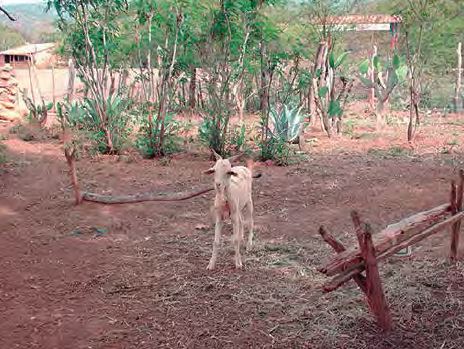Social sustainability indicators. Case: Socialist Network of Productive Innovation Caprino-Sábila
Abstract
In the semi-arid state of Lara, small farmers in the Cauderales community have goat farming Capra hircus as their main economic activity, followed by the cultivation of aloe vera, Aloe vera. At the same time, their income is complemented with day labor work in the planting and harvesting of vegetable crops in the Urdaneta municipality and sugar cane in other regions of the country. As an initiative of women and girls, crafts have taken off, supported by the National Institute of Agricultural Research, Foundation for the Development of Science and Technology of the Western Central Region, and Training and Innovation to Support the Agrarian Revolution: they made soaps, creams and shampoo from aloe vera; ropes, chinchorros, cabullas and dolls from cocuy fiber; ropes, bags, espadrilles, hats, purses and dolls with sisal, as well as straps, purses, shoes, caps and rugs with goat leather.
References
Instituto Nacional de Investigaciones Agrícolas INIA. 2007. Informe Final del Proyecto “Aumento de la disponibilidad de tecnologías sostenibles en el semiárido de los estados Lara y Falcón”. Barquisimeto, Venezuela.
FUNDACITE. 2010. Las Redes Socialistas de Innovación Productiva. Boletín de la iniciativa de procesos de Innovación Rural. 1:8.
Masera, O., M. Astier, S. López-Ridaura. (2000). Sustentabilidad y manejo de recursos naturales. El marco de evaluación MESMIS. Ed. Mundi-Prensa. México, S.A. de C.V. 109 p.
Ministerio del Ambiente y de los Recursos Naturales Renovables. 1999. Región II Lara. Gobernación del estado Lara. Atlas del estado Lara. 85 pp.


